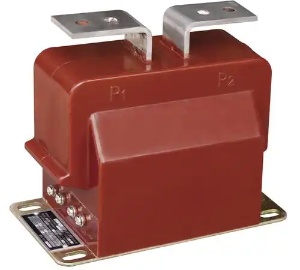Electronic Components Supplier | Transformers, Inductors, Inverters
Voltage Converter 110V to 220V: A Complete Guide for International Power Compatibility
Introduction
In our globally connected world, electrical devices often need to operate across different voltage standards. The most common conversion required is between 110V (used in North America and parts of South America and Asia) and 220V (standard in Europe, Africa, Asia, and Australia). A 110V to 220V voltage converter serves as an essential tool for travelers, expatriates, and businesses to ensure their electronics function safely and efficiently worldwide.
Understanding Voltage Standards
-
110-120V regions: United States, Canada, Mexico, Japan
-
220-240V regions: Most of Europe, UK, China, India, Australia
-
Devices designed for one voltage system may malfunction or get damaged if plugged directly into another without proper conversion.

Types of 110V to 220V Converters
Several solutions exist for voltage conversion, each suited for different needs:
1. Step-Up Voltage Converters
-
Convert 110V input to 220V output
-
Ideal for powering 220V devices in 110V countries (e.g., using European appliances in the US)
2. Step-Down Voltage Converters
-
Convert 220V input to 110V output
-
Necessary for using American devices in 220V countries
3. Dual-Voltage Converters
-
Automatic detection and conversion between 110V and 220V
-
Often include multiple outlets and USB ports for convenience
4. Travel Adapters vs. Voltage Converters
-
Adapters only change plug shapes (no voltage conversion)
-
Converters actually transform the voltage (essential for non-dual-voltage devices)
Key Features to Consider When Choosing a Converter
-
Power Rating (Wattage)
-
Must exceed the wattage of your device (check device label)
-
Small electronics (phones, laptops): 50-200W
-
High-power devices (hair dryers, kettles): 1500W+
-
Waveform Type
-
Modified sine wave: Affordable, works for most electronics
-
Pure sine wave: Essential for sensitive devices (medical equipment, audio systems)
-
Safety Protections
-
Look for overload protection, thermal cutoff, and surge protection
-
Portability
-
Compact, lightweight designs preferred for travel
Common Applications
-
Travel: Using hair dryers, electric shavers, or gaming consoles abroad
-
Business: Operating specialized equipment in different countries
-
Immigrants/Expatriates: Bringing appliances from home to new countries
-
E-commerce: Testing products for international markets

Important Safety Considerations
-
Never exceed the converter's maximum wattage capacity
-
Check if your device is dual-voltage (many modern electronics are)
-
Avoid using converters with motor-driven or heating appliances for extended periods
-
Look for certifications like CE, UL, or RoHS for safety assurance
Future Trends in Voltage Conversion
-
Development of universal smart converters with auto-sensing technology
-
Integration with USB-C Power Delivery for modern devices
-
More compact and energy-efficient designs
-
Wireless voltage adaptation technologies (in development)
Conclusion
A reliable 110V to 220V voltage converter is an indispensable tool for international travelers and global citizens. By understanding the different types of converters and selecting the appropriate one for your needs, you can protect your valuable electronics and ensure seamless operation across borders. Always prioritize safety by choosing quality-certified products and matching the converter's capacity to your devices' requirements.
As technology advances, we can expect even more sophisticated solutions to emerge, making international power compatibility simpler than ever before.







